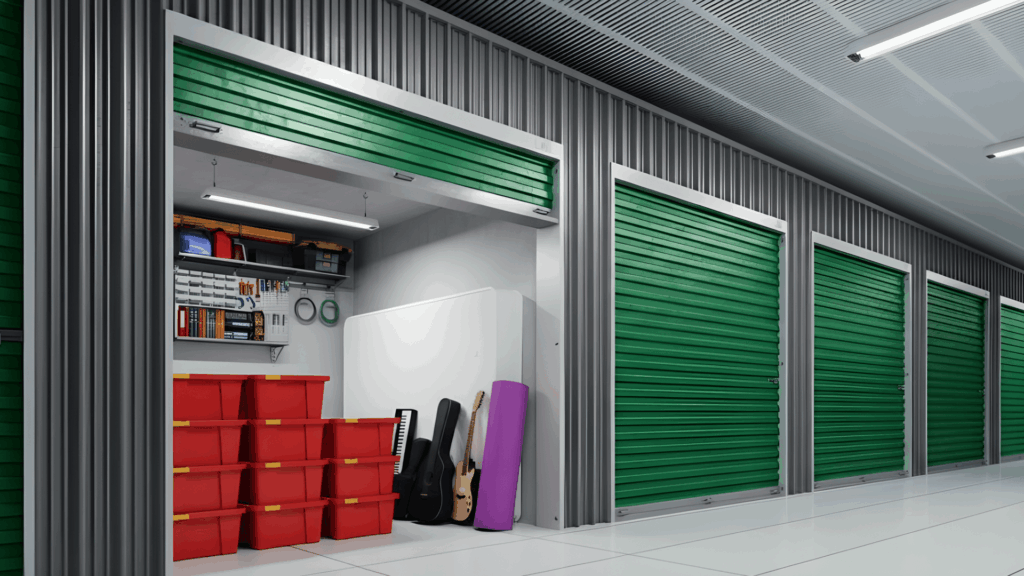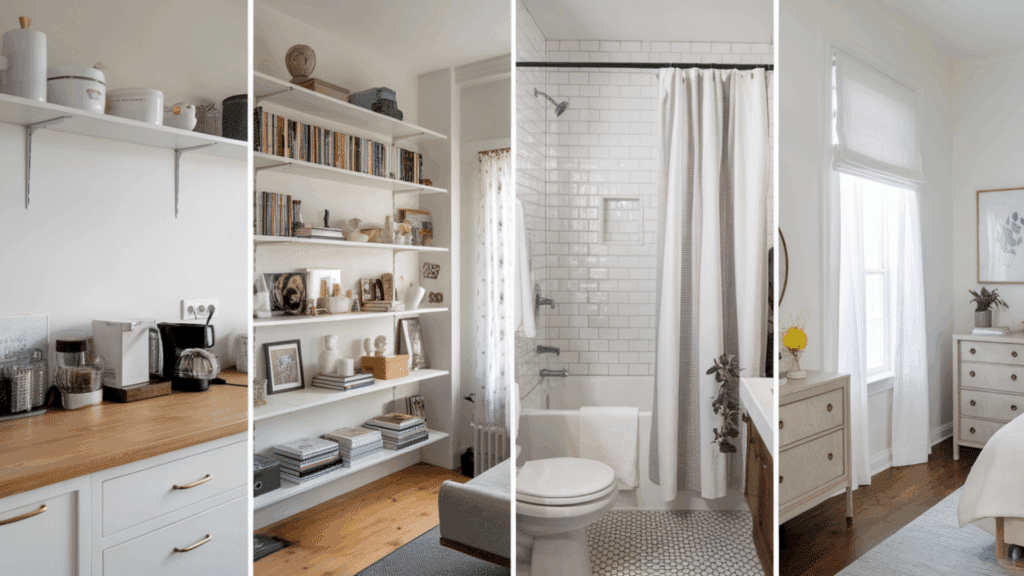If you’ve ever felt buried under boxes during a move or run out of space at home, you’re not alone. Sometimes, you just need a bit of breathing room – and that’s where temporary storage comes in.
It’s a simple way to keep your things safe and organized without making any long-term commitments.
In this blog, I’ll share simple and practical insights about short-term storage – from understanding what it is to finding the right option for your needs.
You’ll get a clear idea of how it works, what to expect, and how to make the most of it without overcomplicating things.
What is Temporary Storage?
Temporary storage is a short-term space solution for when you need extra room for your things. It’s ideal for people going through transitions like moving, renovating, or just trying to clear up space at home.
You can rent it for weeks or months, depending on how long you need it. It’s a flexible and affordable way to keep your belongings safe without committing to a long-term storage contract.
Benefits
Short-term storage makes transitions like moving, renovating, or decluttering much easier. It gives you temporary space without the commitment of long-term contracts, keeping your belongings safe and out of the way:
- Flexibility: Rent for weeks or months based on your needs. You can extend or end your rental anytime without penalty.
- Convenience: Choose between nearby facilities or doorstep delivery through portable units. Access your belongings when it suits you.
- Security: Most storage spaces are locked, monitored, and well-lit, giving you peace of mind.
- Cost-Effectiveness: You pay only for the time and space you actually use, making it a practical option for short-term needs.
Common Uses
Sometimes, life situations create a need for temporary storage. Here are a few everyday examples:
- Moving between homes: Keep your furniture and boxes safe while you wait to settle into your new place.
- Short-term travel or relocation: Store personal items while you’re away or between assignments.
- Home renovation or repairs: Protect your belongings from dust and damage during upgrades.
- Seasonal storage (e.g., holiday decor): Free up space by keeping off-season items stored away.
- Decluttering or downsizing: Hold onto items you’re not ready to part with but don’t have room for right now.
Temporary storage offers a simple way to manage life’s in-between moments without clutter or stress. It’s a practical solution that keeps your belongings safe, accessible, and out of the way when you need extra space.
Types of Temporary Storage Options
Different types of storage fit different lifestyles and budgets. The best option depends on how much space you need, how long you’ll use it, and how easily you want to access your items:
1. Portable Storage Containers
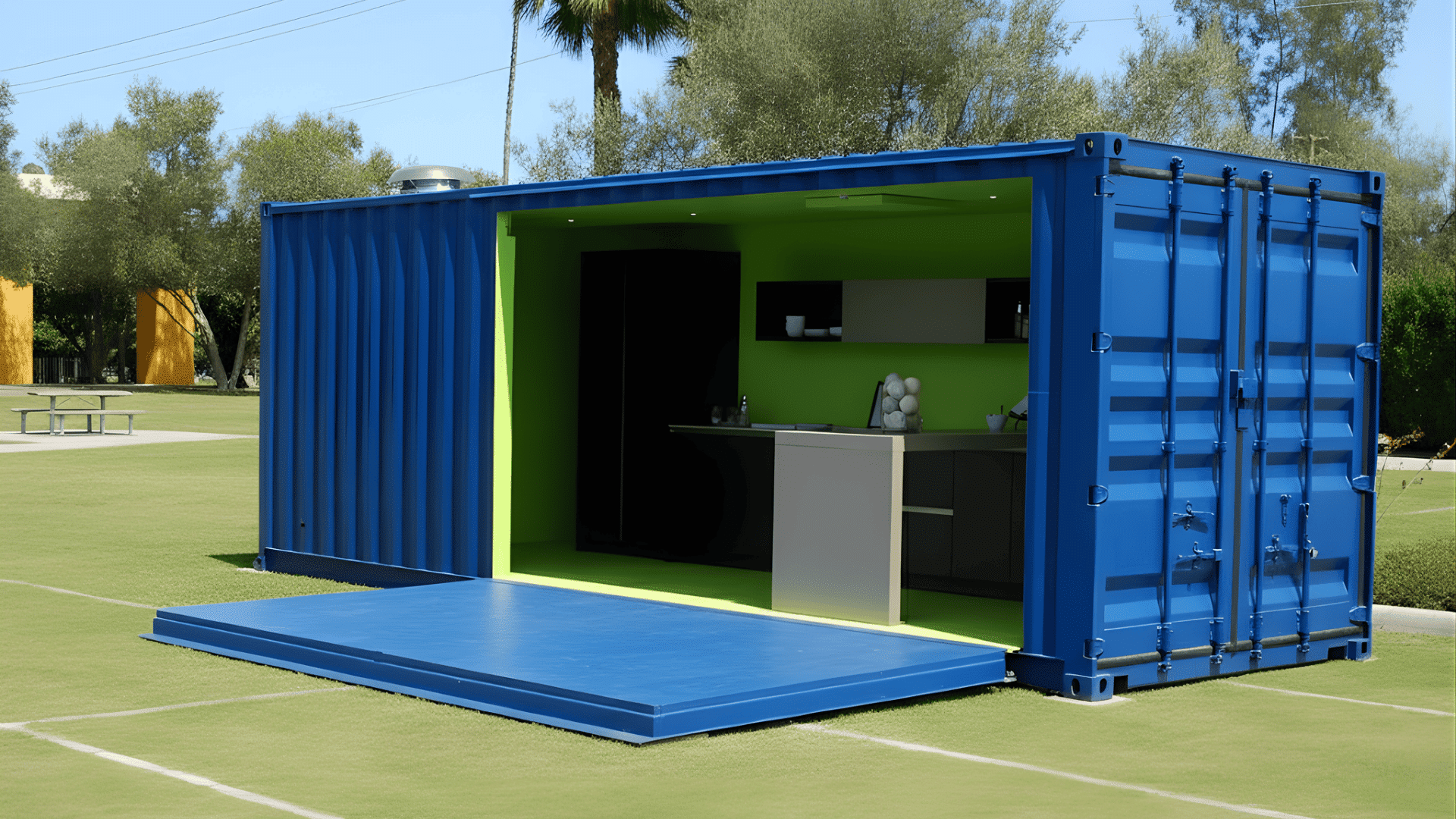
These containers are dropped off right at your doorstep. You can pack at your own pace, then have the company move it or store it for you. They’re great for home remodels or moves when flexibility matters.
Portable storage saves time because you don’t have to drive to a facility – everything happens from your driveway.
2. Self-Storage Units
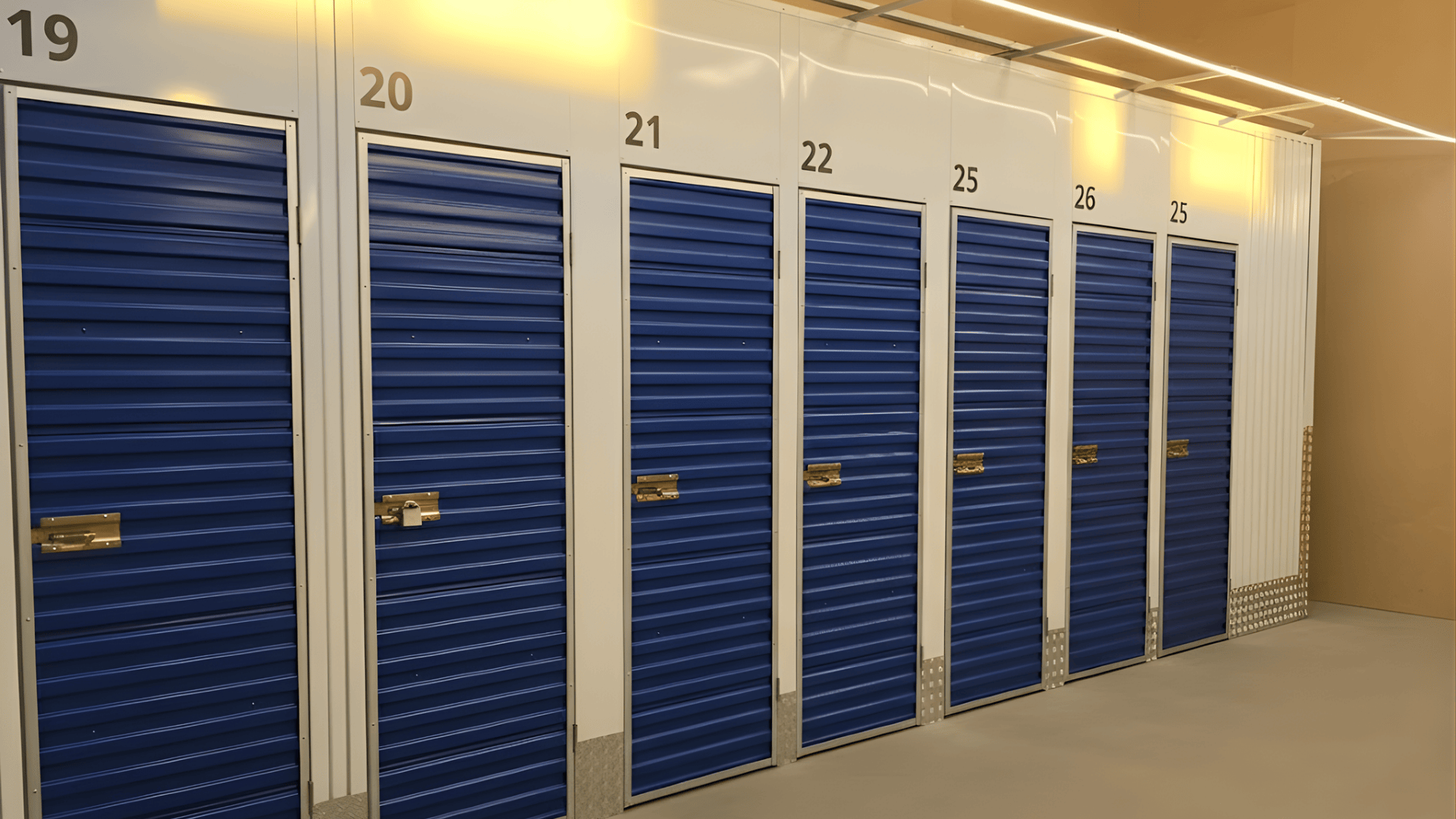
Self-storage units are one of the most common short-term storage options. You rent a secure space in a facility, usually on a month-to-month basis.
They’re perfect if you want easy access to your belongings and prefer managing them yourself. Many facilities also offer 24/7 entry and strong security systems.
3. Mobile Storage Pods
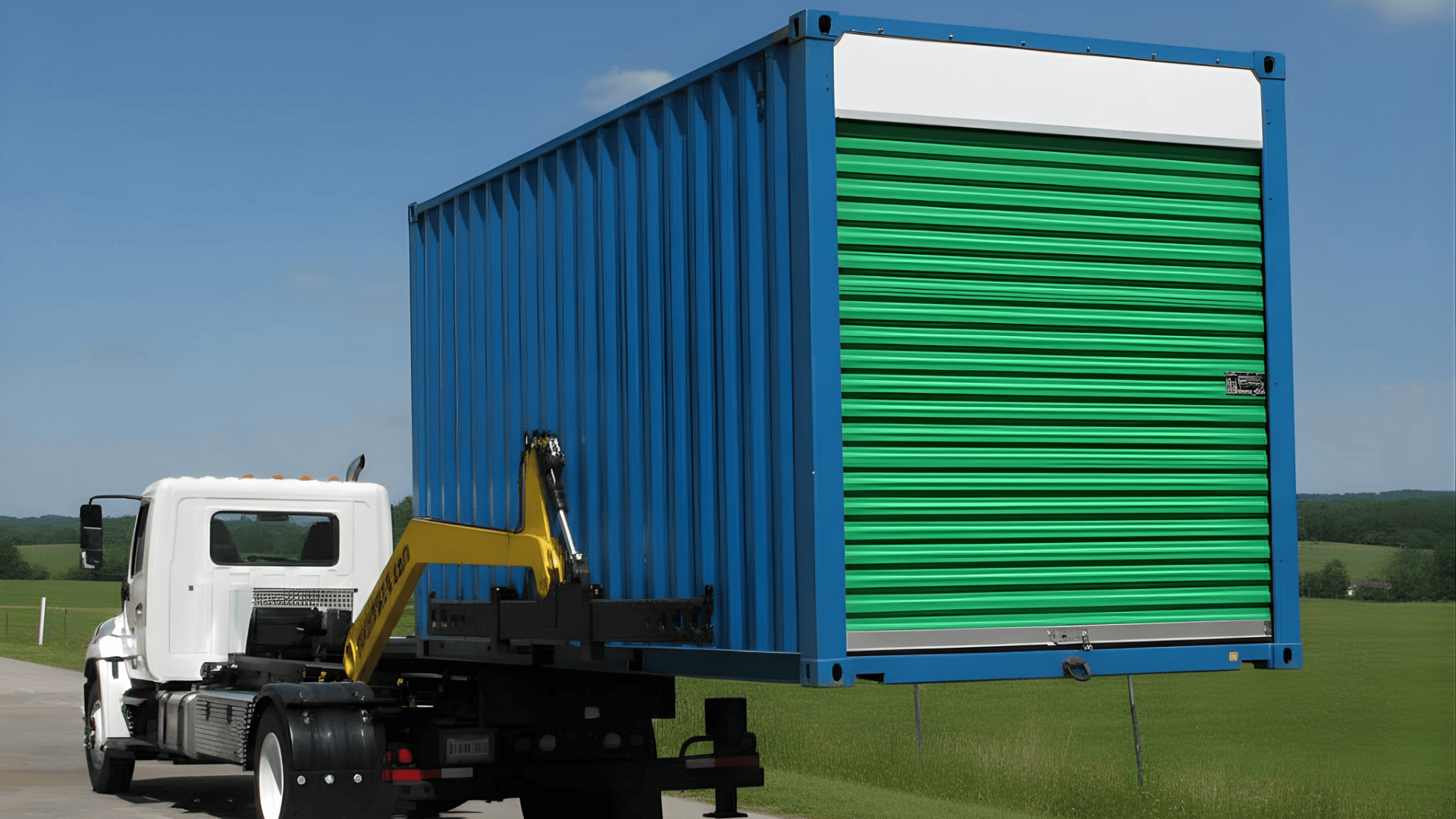
Mobile pods take convenience a step further. The company delivers a portable pod to your home, you load it up, and they pick it up once you’re done.
It’s a stress-free way to handle storage when moving or renovating since you don’t have to transport items yourself.
4. On-Site Storage Sheds
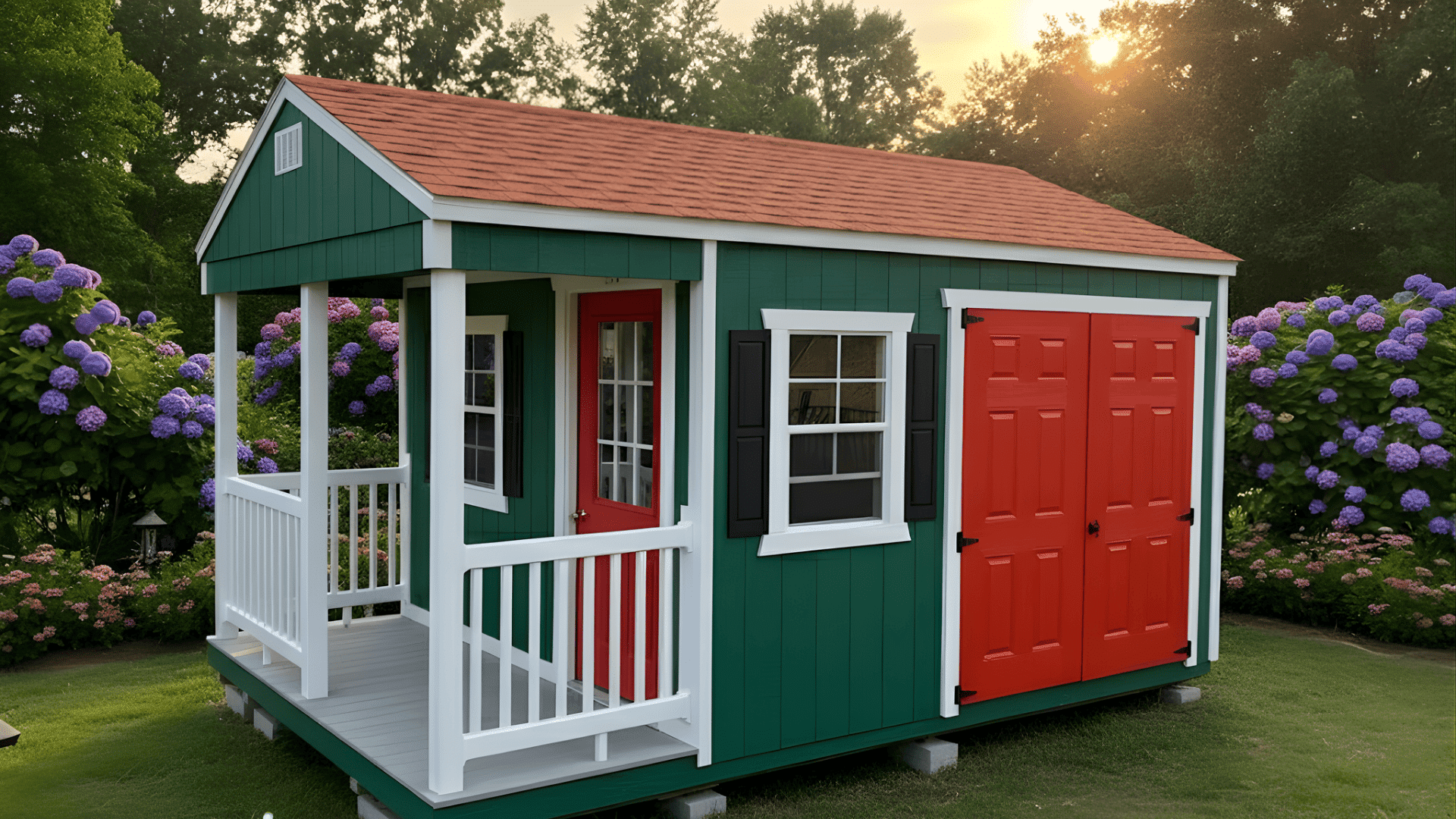
On-site sheds are temporary structures that sit right on your property. They’re especially useful for renovation projects, backyard storage, or keeping tools and furniture safe during home upgrades.
You get the benefit of immediate access without leaving your property.
5. Climate-Controlled Units
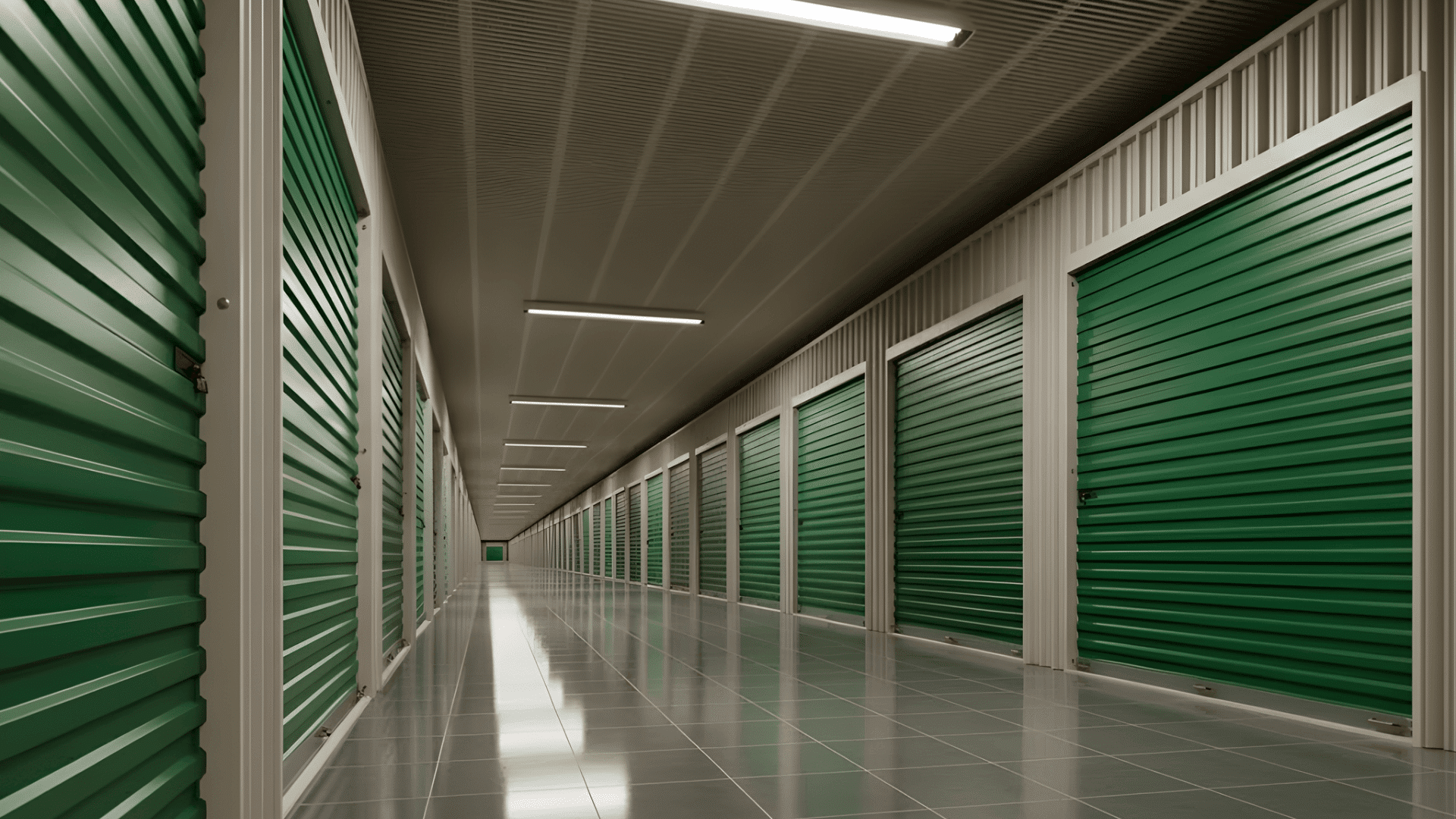
These storage spaces maintain steady temperature and humidity levels. They’re ideal for delicate or high-value items like artwork, electronics, antiques, or musical instruments.
Climate-controlled units protect your items from moisture, extreme heat, or cold, which makes them worth the extra cost in certain cases.
Each type of temporary storage has its own benefits, so the right choice depends on your situation and priorities. Consider access, cost, and duration to find the best fit for your needs.
Short-Term Storage Costs and Pricing Factors
Costs for short-term storage vary depending on location, unit size, and the duration of the rental. Most options are designed to be flexible and affordable, making them ideal for short projects, moves, or temporary space needs.
| Storage Type | Average Monthly Cost | Details / Notes |
|---|---|---|
| Portable Storage Containers | $150–$300 | Cost varies by size, location, and delivery distance. |
| Self-Storage Units | $80–$200 | Standard indoor or outdoor spaces with easy access. |
| Mobile Storage Pods | $120–$250 | Includes delivery, pickup, and off-site storage. |
| On-Site Storage Sheds | $100–$250 | Price depends on shed size and rental duration. |
| Climate-Controlled Units | $150–$250 | Temperature and humidity are regulated for sensitive items. |
Key Cost Factors
Several things influence how much you’ll pay for short-term storage:
- Size: Larger units or containers come with higher monthly fees.
- Duration: Many companies offer discounts if you rent for several months.
- Location: Storage in urban areas or near downtown tends to be more expensive.
- Features: Extra services like climate control, insurance, or 24-hour access can increase the total cost.
How to Choose the Right Temporary Storage
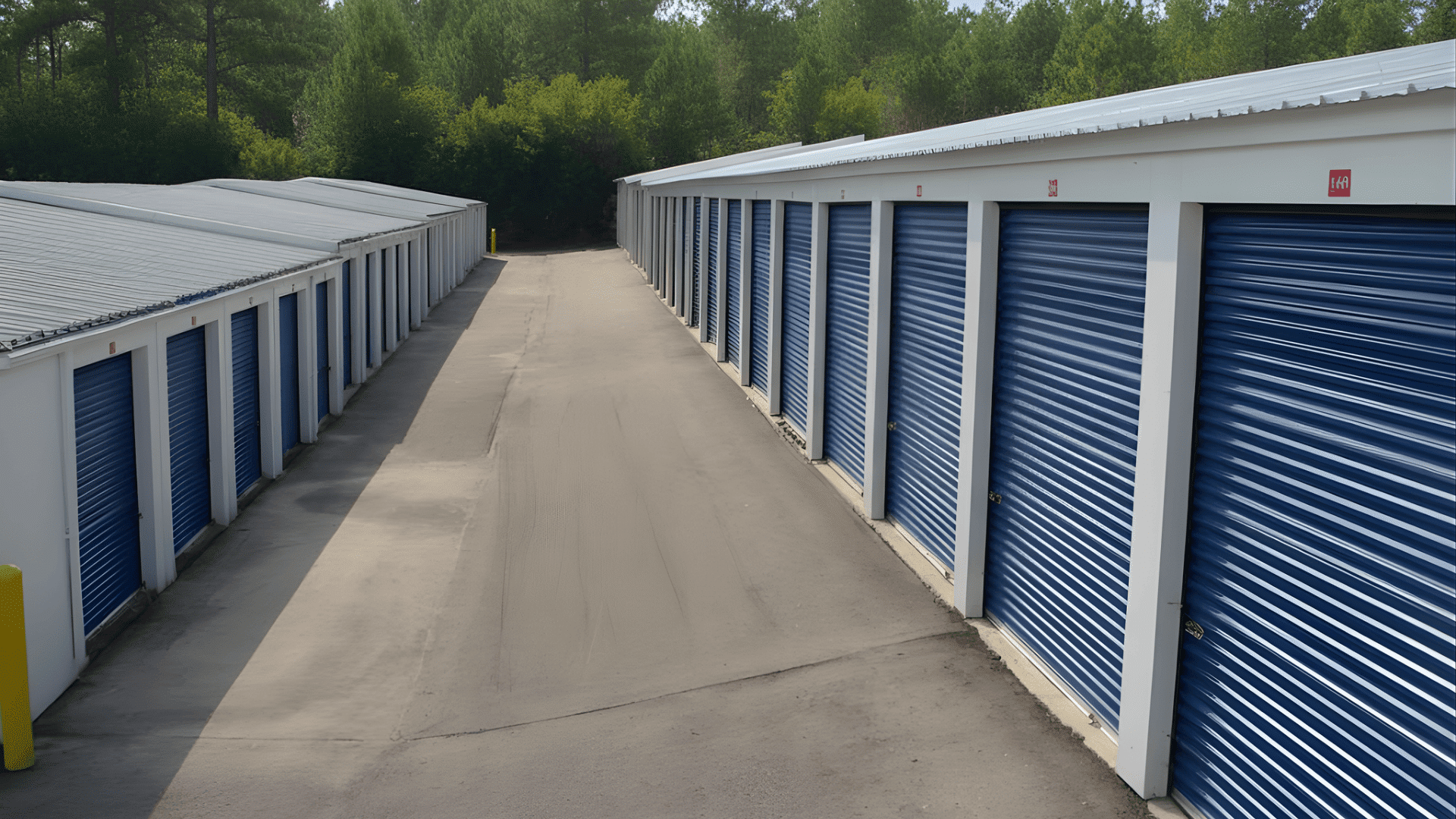
Think about how long you’ll need it- short rentals work for moves, while longer ones fit remodeling or seasonal storage:
1. Duration and Size Needs
Figure out how much space you need by listing what you’ll store. Choose a unit or container that fits without wasting room.
Think about how long you’ll need it- short rentals work for moves, while longer ones fit remodeling or seasonal storage.
2. Accessibility and Location
Pick a storage option that’s easy to reach. If you’ll visit often, choose a nearby self-storage facility. For moves or quick use, portable containers or mobile pods are better since they come to you.
Consider travel distance and access hours before choosing.
3. Security and Climate Control
Check that the facility has secure locks, cameras, and controlled access. For sensitive or valuable items, use a climate-controlled unit to protect them from temperature or moisture damage.
Good security and stable conditions keep your belongings safe.
4. Budget and Contract Flexibility
Review pricing and contract terms before renting. Some companies offer weekly or monthly plans, while others require longer terms.
Look for clear pricing, no hidden fees, and flexible options in case your storage needs change.
Choosing the right storage comes down to your space, timing, and comfort level. A little planning up front helps you find an option that’s safe, convenient, and within budget.
Tips for Using Short-Term Storage Efficiently
Smart organization helps you make the most of your storage space. A few simple steps can save time and keep your belongings safe and easy to reach:
- Label Everything: Mark each box clearly so you can find items quickly without opening everything.
- Use Clear Bins: Transparent bins let you see what’s inside at a glance, cutting down search time.
- Stack Smartly: Place heavier boxes on the bottom and lighter ones on top to avoid damage.
- Keep Essentials Handy: Store items you’ll need soon near the front for easy access.
- Use Shelving or Pallets: Keep boxes off the ground to prevent moisture damage and improve organization.
- Disassemble Furniture: Take apart large pieces to save space and prevent scratches.
- Cover Items Properly: Use sheets or covers to protect furniture and electronics from dust.
A little planning makes storage easier to manage and safer for your items. Staying organized also helps you unpack faster when you’re ready to move things back.
Conclusion
Finding the right temporary storage can make your life a lot easier when you’re short on space or in the middle of a move.
You’ve seen how simple, flexible, and budget-friendly these options can be – from portable containers to climate-controlled units.
I like to think of short-term storage as a quick fix that keeps life organized without the stress. It’s about making small changes that free up space and give you peace of mind when things feel cluttered or chaotic.
If you’re ready to clear some space or simplify a transition, now’s the perfect time to choose the storage solution that fits you best and keeps life running smoothly!
